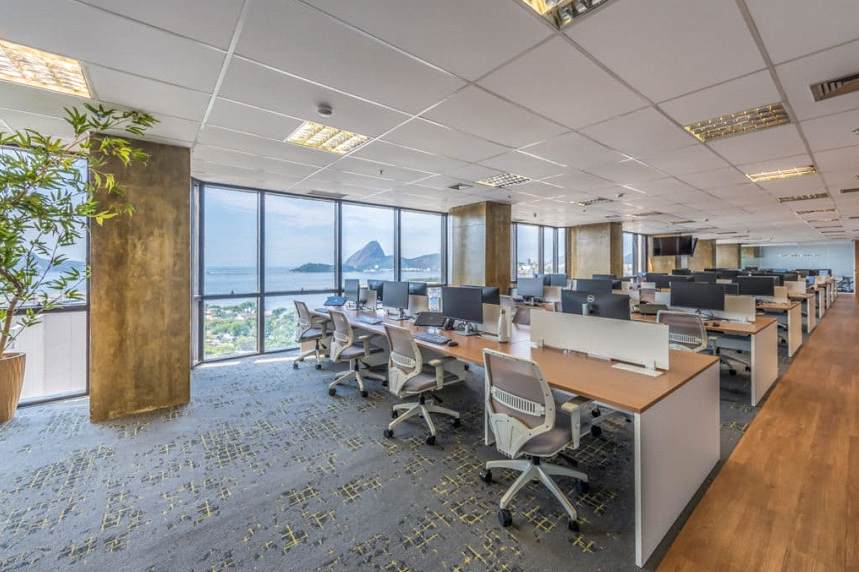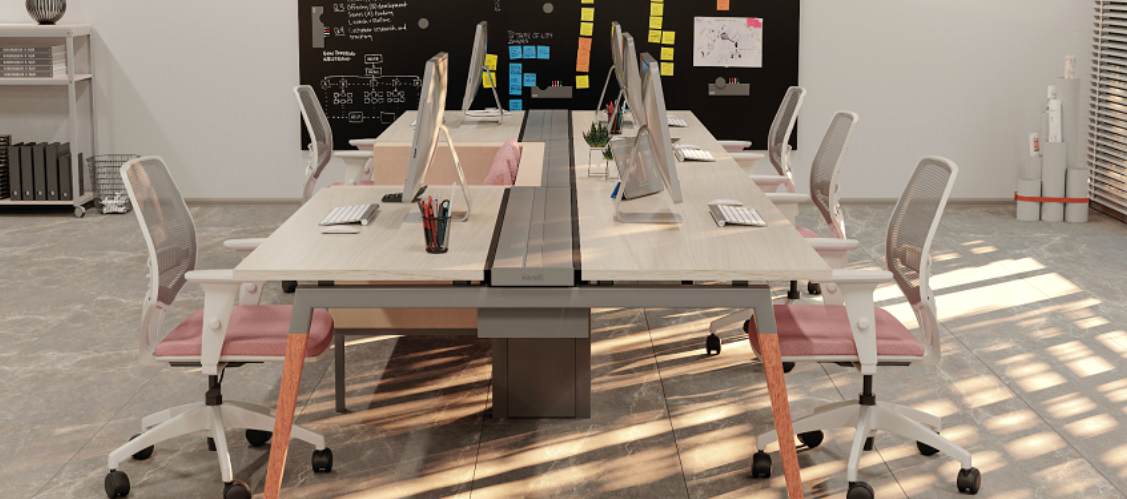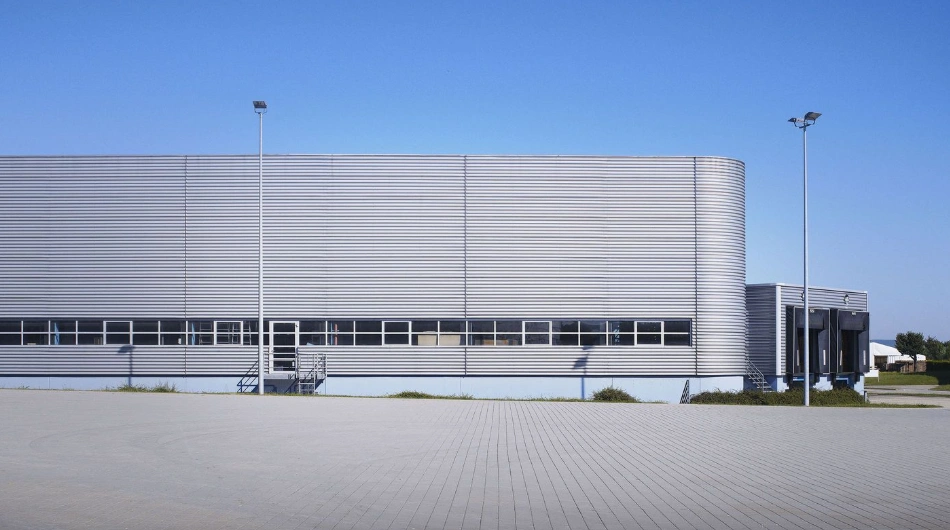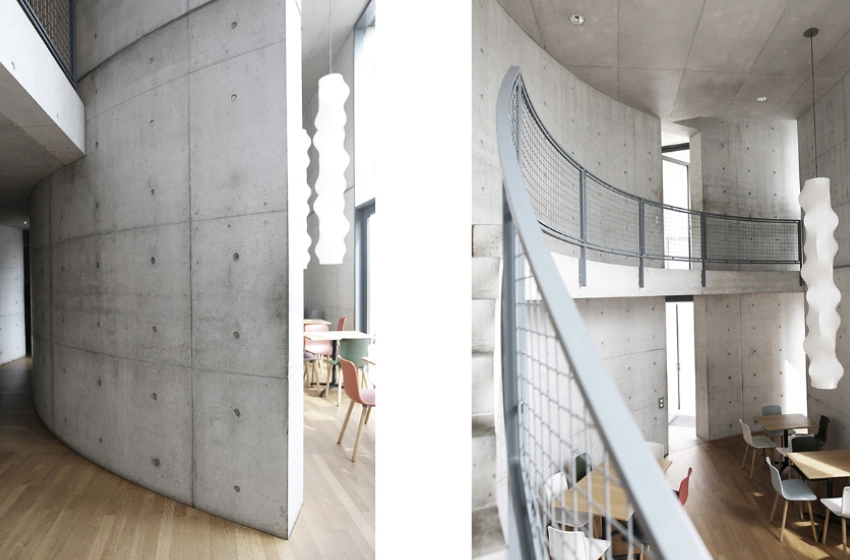
Corporate architecture, an essential discipline in the modern business landscape, is a foundation for companies seeking success and innovation. It is based on three fundamental pillars: business strategy, operational efficiency, and environmental aesthetics. This article explores these pillars, providing insights into how they shape the workplace and contribute to organizational growth
The First Pillar: Business Strategy in Corporate Architecture
Business strategy in corporate architecture goes beyond mere aesthetics; it focuses on how workspace design can influence a company’s decision-making and strategic direction. For example, creating open and collaborative spaces can foster innovation and facilitate communication between teams. At the same time, private rooms and intensive focus areas can be crucial for tasks that require concentration and confidentiality.
⦁ Architectural design must reflect and complement the company’s strategic objectives.
⦁ Flexible and adaptable spaces are essential to meet the ever-changing business needs.
⦁ Architecture can positively influence employee morale and productivity.
In this context, corporate architecture encompasses the interaction between people, processes, and technology, ensuring that all aspects of the company work in harmony. This facilitates decision-making, improves efficiency, and drives innovation.

The Second Pillar: Operational Efficiency in Corporate Architecture
Operational efficiency in corporate architecture refers to workspace optimization to maximize productivity and minimize operating costs. Good office design can reduce travel time between areas, improve communication, and facilitate access to essential resources. Additionally, considerations such as adequate lighting, ventilation, and ergonomics are vital to ensuring a healthy and productive work environment.
⦁ Well-designed spaces can increase efficiency and reduce waste.
⦁ Incorporating modern technology improves functionality and connectivity.
⦁ Comfortable and ergonomic environments increase employee satisfaction and productivity.
The Third Pillar: Environmental Aesthetics in Corporate Architecture
Environmental aesthetics in corporate architecture is not just about creating a visually appealing space; It’s about designing an environment that reflects the company’s culture and values, improving the experience of employees and visitors. Using natural elements, such as plants and natural light, as well as a color palette that reflects your brand identity, can create a more welcoming and inspiring work environment.
⦁ Aesthetics must balance beauty with practical functionality.
⦁ Sustainable and eco-friendly design elements are increasingly important.
⦁ The visual identity of the space must align with the company’s brand.

Conclusion
Corporate architecture is a powerful tool for companies seeking not only financial success but also an innovative and sustainable work environment.
By balancing business strategy, operational efficiency, and environmental aesthetics, companies can create spaces that not only improve productivity but also promote employee well-being and satisfaction.
In this ever-changing world, adapting to these three pillars of corporate architecture is crucial for any organization that aims for excellence and innovation.





